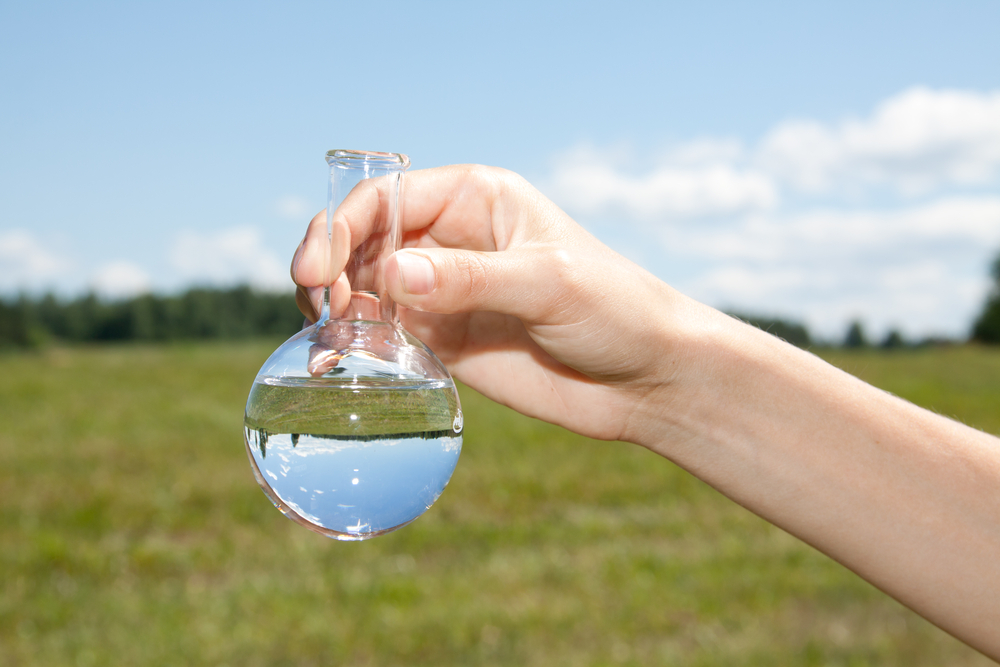Landscape irrigation filters are not only a recommended component of a system but are often a requirement for an irrigation system. Just as important as the filtration itself is choosing the right filter.
But how do you know which filter is right for the irrigation system you’re working with? Read on to find out.
Pump Filters
For pumping systems, you’ll need to prevent large debris such as leaves and sticks from entering the pump. Suction and basket strainers are used to protect pumps and should be installed before the pump inlet. They have a large surface area to let in plenty of water while still keeping out debris.
Options for Pump Strainers:
- SPS4 SureFlo (comes in 4, 6, and 8-inch options)
- SCS2 SureFlo Self Cleaning (comes in 2, 3, 6, 8-inch options)
Sprinkler Filters
If you’re in need of a filter for a sprinkler system, there are a few types to choose from. Depending on your water source, you’ll want to choose a screen filter, disc filter or a sand separator filter.
Each of these filter types works a bit differently.
- Screen filters remove hard particles and small aggregates and are best used when your water source is the city water meter or a pump.
- Disc filters are used to capture organic material such as decaying plant matter, or algae. They can also be used to filter out sand, but may need to be frequently cleaned. These filters can be used for irrigation, municipal, and industrial applications.
- Sand separators can also be used to flush out sand, especially from water pulled from wells.
Each of these filters should be installed downstream of the water source and before the first zone valve or master valve.
Options for Sprinklers Filters:
- Y-Strainer Screen Wilkins (comes in ¾, 1, 1 ¼, 1 ½, and 2-inch sizes)
- T2C07560 Screen Lakos (comes in ¾, 1, 1 ½, and 2-inch sizes)
- Amiad Super Disc Filter (comes in 1 ½, and 2-inch sizes)
- H20 Lakos Sandmaster (comes in 1, 1 ½, 2, and 3-inch sizes)
Drip Filters
Filters for low volume irrigation are installed right after the zone valves and are used to keep drip emission devices from becoming clogged. They are typically intended for lower flow rates and have a tight 150-mesh stainless steel screen to keep out smaller debris.
Options for Drip Filters:
- Landscape Products EZ Kleen (comes in ¾, and 1-inch options)
Other Tips for Choosing a Filter
Sizing your filter is another important aspect for choosing a filter because it has to complement the overall hydraulic performance of the system it’s being used for.
Once you determine the type of filter needed, you need to make sure it is the right size to allow the right amount of water to flow through your system. Irrigation filters can be as small as 3/4-inches flowing less than one gallon per minute or up to 6-inches and larger flowing hundreds of gallons per minute.
Another question to ask when choosing a filter is, how easy is it will be to clean and maintain? All filters will require cleaning and maintenance at one time or another. How often they need to be cleaned will vary depending on the water quality and how often the system is used. Some filters need to be taken apart and cleaned manually. Other filters can be flushed manually or automatically. More advanced designs are self-cleaning and self-flushing.
No matter which system you’re working with, there is a filter that can do the job. If you need assistance choosing a filter for your jobsite, contact your local Ewing store for more information.




